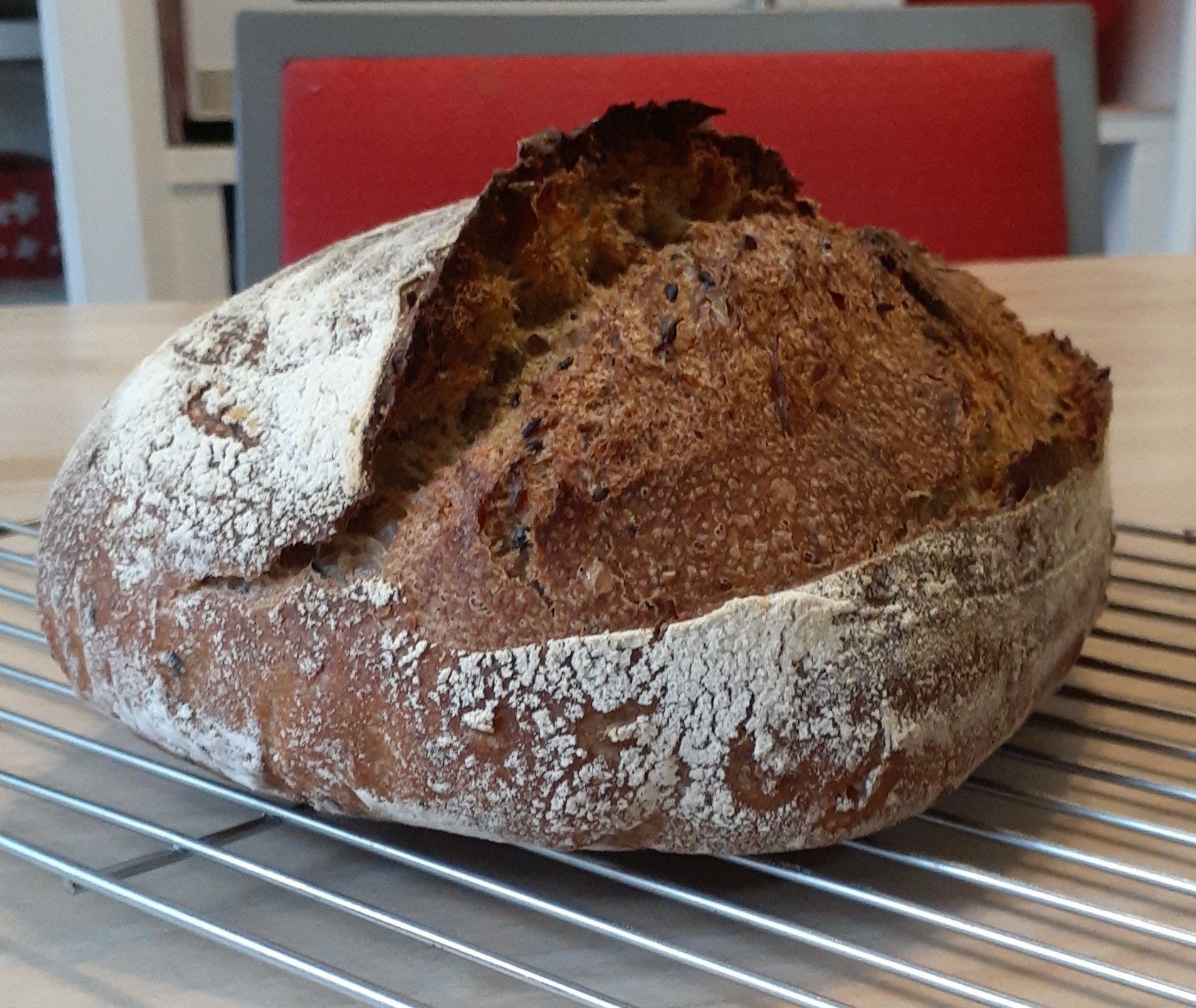Welcome bakers! For week 49, we’re honoring the humble Saccharomyces cerevisiae, or Baker’s yeast. S. cerevisiae is a single-celled microorganism that feeds on sugars and ferments it into carbon dioxide and alcohol byproducts, allowing your baked goods to rise, and giving them a distinct, yeasty flavor.
Commercially available Baker’s yeast comes is several different forms, primarily as active dry yeast, which has to be bloomed in warm liquid to penetrate to the living yeast cells; instant yeast, which is more potent, and does not require activation before using; and cake yeast, which comes in a block that needs to be dissolved, and is said to impart a stronger yeast flavor.
If you want a less consistent, and more rustic approach to your leavening, you can forgo the Baker’s yeast altogether, and harness the flavors of wild yeast, which is yeast from the environment that is cultivated by the baker to use in their baked goods (think: sourdough cultures).
Here are some suggestions that use yeast as a leavening agent:
Vanilla bean sufganiyot doughnuts
Vegan chocolate challah
Masala chai fig jam buns
Whole wheat cranberry bread
Brown butter sage dinner rolls
Chicago-style deep dish pizza
As always, Happy Baking!
